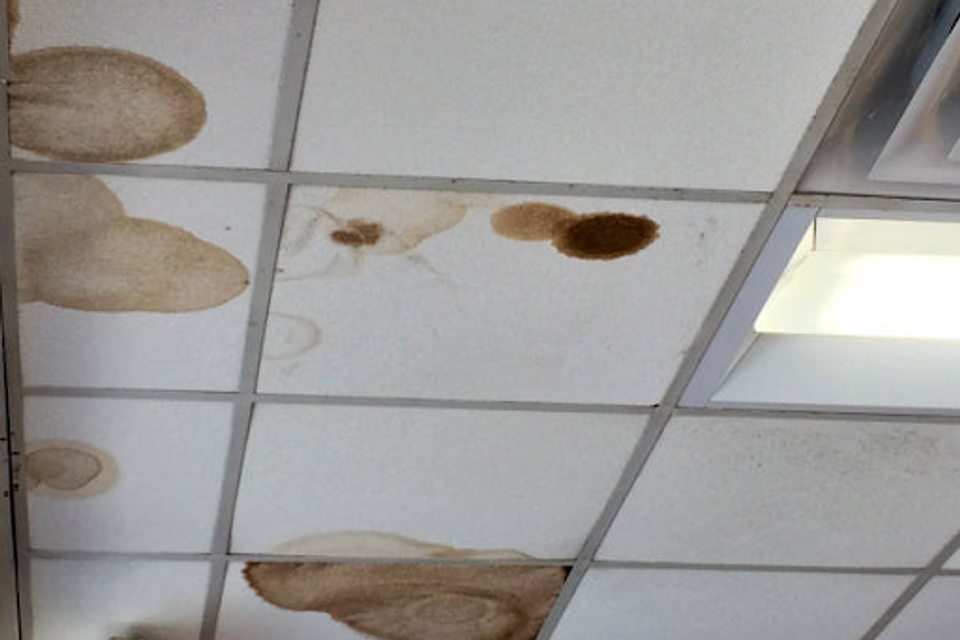Roofs are the unsung heroes of our homes, shielding us from the elements and ensuring our comfort and safety. However, they are not invulnerable and can suffer damage over time due to various factors. Neglecting roof damage can lead to significant problems, including structural issues, water damage, and costly repairs. Recognizing the common signs of roof damage early can save you from headaches down the line. Here’s what you need to look out for and why it's crucial to act promptly.
1. Missing or Damaged Shingles
One of the most visible signs of roof damage is missing or damaged shingles. Shingles can crack, curl, or fall off entirely due to severe weather conditions, aging, or physical impact. Missing or compromised shingles expose your roof to water infiltration, leading to leaks and moisture-related problems inside your home.
2. Water Stains and Leaks
Water stains on your ceiling or walls are telltale indicators of a leaking roof. These stains may appear as dark, discolored patches and can lead to mold growth if not addressed. Regularly inspect your attic for leaks, especially after a heavy rainstorm, as this can be where signs of damage first appear.


